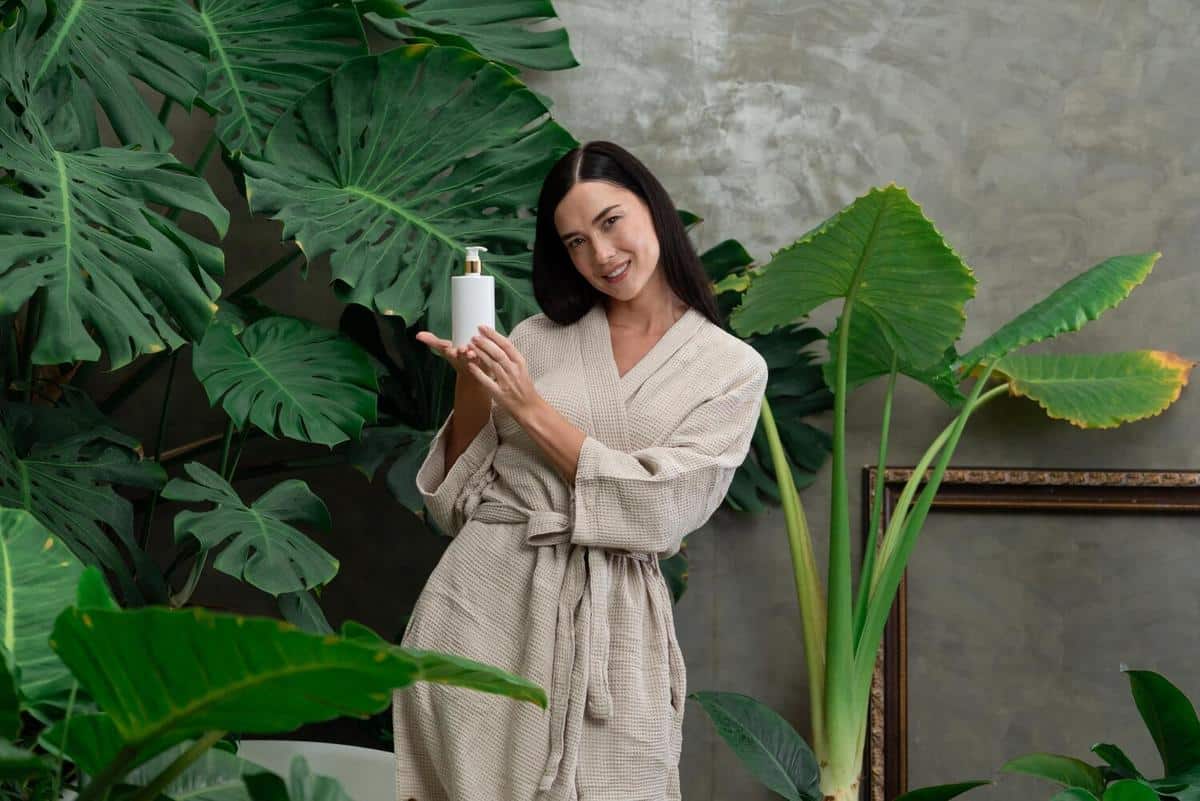
Navigating the World of Clean Beauty Labels
As consumers become increasingly conscious of environmental impact and personal health, clean beauty has emerged as a significant trend in the sustainable beauty industry. Understanding clean beauty labels can be a daunting task, but with the right information, making informed choices becomes much easier.
Clean beauty labels are gaining popularity as more individuals seek products free from harmful chemicals. According to a report by Grand View Research, the global organic personal care market is expected to reach $25.11 billion by 2025, highlighting the growing demand for cleaner beauty products.
Understanding Clean Beauty
The term ‘clean beauty’ often refers to products that are free from potentially harmful ingredients such as parabens, sulfates, and synthetic fragrances. However, the lack of regulation means that ‘clean’ can vary significantly between brands, making it crucial for consumers to read labels carefully.
Industry Insights
Dermatologist Dr. Ava Shamban notes, “While clean beauty is a commendable goal, it’s important for consumers to educate themselves on ingredient lists and certifications to truly understand what they are putting on their skin.” This insight underscores the importance of transparency in the beauty industry.
Decoding Labels
| Label | Meaning |
|---|---|
| Organic | Ingredients are sourced from organic farming practices. |
| Non-Toxic | Products are free from ingredients deemed harmful. |
| Vegan | No animal products or by-products are used. |
| Cruelty-Free | No animal testing was conducted. |
| Paraben-Free | No parabens included, which are often used as preservatives. |
| Sulfate-Free | No sulfates, commonly used in cleansers for foaming action. |
| Fragrance-Free | No synthetic fragrances are added. |
| Eco-Friendly | Emphasizes sustainable sourcing and packaging. |
Personal Experience
When I first switched to clean beauty, I was overwhelmed by the variety of labels. After some trial and error, I found that products labeled as ‘organic’ and ‘cruelty-free’ aligned best with my values and skin needs.
Actionable Tips
- Research brands to ensure they align with your values.
- Check for third-party certifications like ECOCERT or USDA Organic.
- Start with a single clean product to test its effectiveness on your skin.
- Utilize resources such as the Environmental Working Group (EWG) for ingredient insights.
Comparing Conventional vs. Clean Beauty
| Aspect | Conventional | Clean Beauty |
|---|---|---|
| Ingredients | May contain synthetic chemicals | Focuses on natural and safe ingredients |
| Animal Testing | Varies by brand | Often cruelty-free |
| Environmental Impact | Can be high | Emphasizes sustainability |
| Transparency | Varies | Emphasizes clear labeling |
FAQs
What is clean beauty?
Clean beauty refers to products that are made without ingredients shown or suspected to harm human health.
Are clean beauty products more expensive?
They can be, due to the use of higher quality and sustainable ingredients, but options exist at various price points.
How can I be sure a product is truly clean?
Look for transparency in labeling and third-party certifications to ensure authenticity.
Conclusion
In summary, navigating the world of clean beauty labels involves understanding key terms, recognizing reliable certifications, and aligning with brands that reflect your personal values. As the demand for sustainable beauty grows, so does the responsibility to make informed choices that benefit both personal health and the planet. Start small, educate yourself, and gradually transition to products that align with your commitment to clean beauty.

